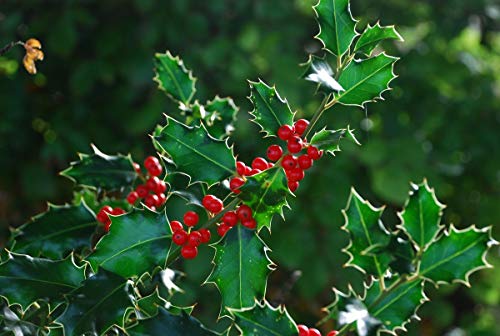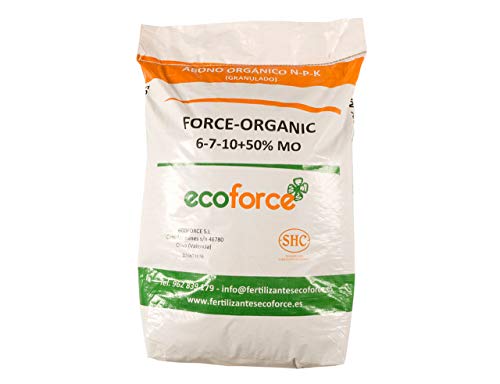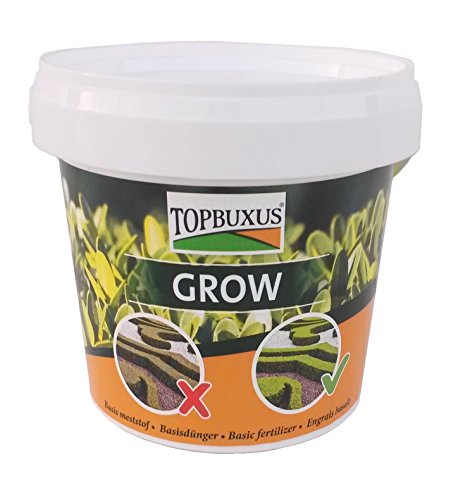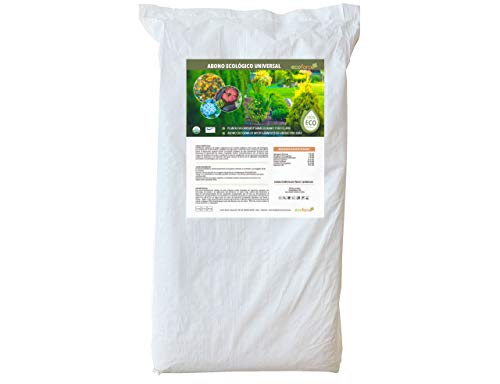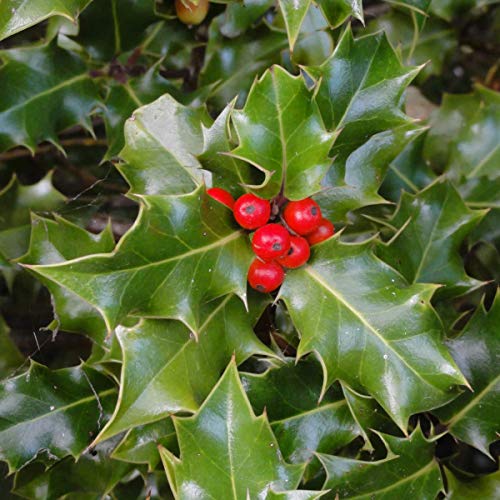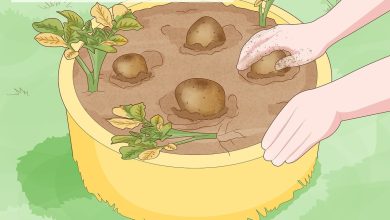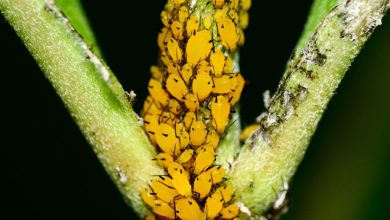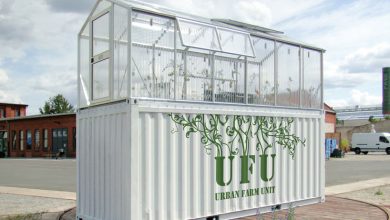Holly: [Cultivation, Irrigation, Care, Pests and Diseases]
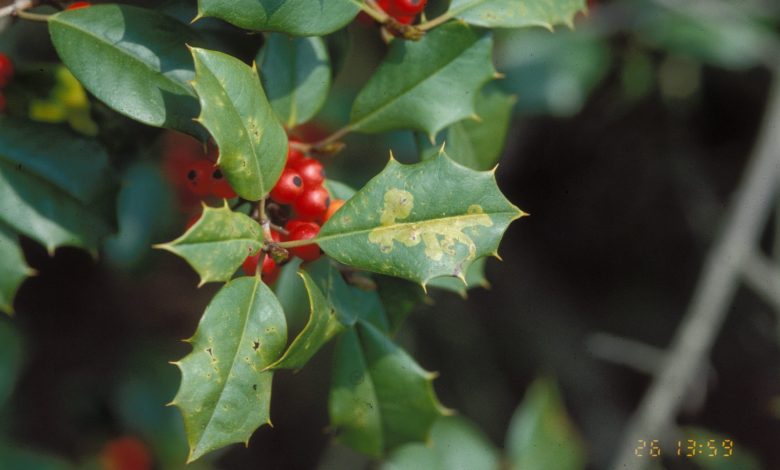
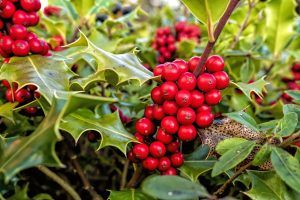 The Ilex aquifolium is a tree usually used as an ornamental plant for its spiny leaves and red fruits. Its specific name “aquifolium” means “spiky leaves” or “thorny leaves”.
The Ilex aquifolium is a tree usually used as an ornamental plant for its spiny leaves and red fruits. Its specific name “aquifolium” means “spiky leaves” or “thorny leaves”.
Since ancient times, the holly has been the center of legends, myths and popular beliefs by many European peoples.
For many it continues to be a sacred tree, guardian of wisdom, spiritual protector and symbol of family union. Its wood is highly valued for being hard, homogeneous, with little differentiated rings and having a white and cream color.
It is used in cabinetry, marquetry, game boards, among other applications. Holly is also used for medicinal purposes. For example, its cooked leaves were used to combat diseases such as rheumatism, gout, intestinal atony, as well as improve the symptoms of fever and diarrhea.
Important points when planting a holly:
- Scientific name: Ilex aquifolium.
- Common name: Holly, cardón, grévol, acebiño, grevulera, grosgrass, agrifolio, aquifolio, cardonera.
- Height: 2 to 10 meters.
- Light requirement: Half shade.
- Temperature: Warm.
- Irrigation: Regular.
- Fertilizer: Fertilizer withacid pH.
What characteristics does the holly have?
Holly is a medium -sized, dioecious, evergreen shrub, usually 6 to 10 meters tall, although it can grow to about 16 meters. Its trunk is straight, with smooth bark.
It is pyramidal in shape, a branchy crown with dense foliage from the base. Its leaves are simple, petiolate and with spiny edges, dark green when young and greyish in mature years. They measure between 3 and 10 centimeters long and 2 to 5 centimeters wide.

Holly flowers from 4 years onwards, during the months of April, May and June, along with the first bud of the leaves. Its flowers are inconspicuous, white or rosy and aromatic. They measure between 5 and 6 millimeters in diameter.
Its fruits are little fleshy berries, scarlet red or yellow, which ripen in autumn and winter. They measure between 7 and 10 millimeters in diameter and produce 3 to 5 seeds inside. Only the female specimens have abundant fruits which are used as Christmas ornaments.
When to plant holly?
It is recommended to sow the holly during the spring, either by seed or by cuttings. Care should be taken in cold, patchy weather, as planting in areas with late spring frosts could cause bud and bloom damage.
Where to plant holly?
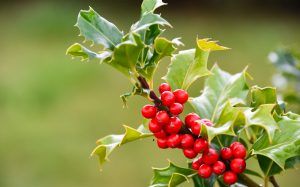 Holly breeds best in temperate climates with wet winters and relatively cool summers.
Holly breeds best in temperate climates with wet winters and relatively cool summers.
It is recommended to grow it in areas with about 600 millimeters of precipitation per year. It needs fresh, protected soils and does not tolerate prolonged droughts.
In warmer locations it grows in full light. However, in cold or dry conditions, it can also grow in shade or partial shade.
How to prepare the land?
Holly is recommended to be planted in deep, fertile, well-drained soil. Although it can grow in a wide variety of substrates, it prefers acidic or decalcified soils, with moisture, permeability and a pH of 6.

To prepare the land, you can fertilize the soil with an organic mixture of phosphorus and potassium. Similarly, it is possible to raise the pH of the soil with calcium carbonate, magnesium carbonate and calcium sulfate or gypsum.

How do we water holly?
Holly is not very resistant to hot, dry summers. In fact, it does not support waterlogging or flooding. However, this situation can be remedied by irrigation in summer.
Holly is generally irrigated with a pressure pump in plantations. In smaller spaces, irrigation can be done through a system of hoses or with drip irrigation.
How often do we water the holly?
Holly requires a dose of 25 millimeters of water per week during the growth phase, whether it comes from rain or irrigation. It should be watered during late spring and early summer to promote annual growth.
Irrigation during late summer, during the months of August and September, allows for conditioning for the dormant period.

Likewise, irrigation during the months of October and November is just as important as it gives the holly the necessary humidity for the coming winter.
How to plant a holly step by step?
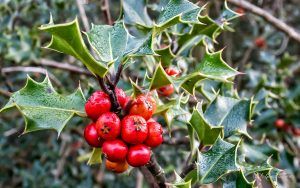 The way in which holly spreads is mainly by zoocora, that is, by means of animal species. However, it can also be grown through seeds.
The way in which holly spreads is mainly by zoocora, that is, by means of animal species. However, it can also be grown through seeds.
Holly seed has a very irregular germination due to seed dormancy and its dependence on factors such as climate, sun exposure, soil, topography, among others.
However, to plant holly by seed, the stratification process must be carried out. The steps are shared below.
- Place the holly seeds in a container with 5 centimeters of sand deep.
- Let the seeds rest in a refrigerator or in a place away from sun exposure for a year.
- Transplant the seeds to another container, with garden soil, during the spring.
- When the seedling has developed sufficiently, dig a hole, two or three times larger than the root.
- Place the holly in the hole, cover it with soil and water it well so that the soil is compacted.
- Spread 2 to 3 inches of natural mulch around the holly to retain moisture and control weeds.
What care does the holly need?
Holly is a tree that does not require major attention. You just have to make sure that the substrate receives the correct humidity, without excesses, but without shortages.
On the other hand, it is important that the holly is planted in areas where it is protected from strong dry winds. This will prevent defoliation damage and excessive desiccation of the foliage.

Annual pruning is necessary to allow the good development of the holly. Annual sanitation of the tree by cutting off diseased, damaged or dead branches may also be beneficial. These measures should be carried out during the spring.
Why is it important to fertilize holly trees?
The most striking feature of holly trees is evidenced by the wonderful contrast between their dark green leaves and red berries.Fertilizations help their colors remain vibrant, since many of the nutrients are involved in the formation of chlorophyll.
The correct application of the fertilizers also contributes to the growth of the seedlings being carried out correctly, vigorously and uniformly. And we cannot lose sight of the fact that a well-nourished holly will also be able to deal with any attack by pests or diseases.
fertilize the holly
How often should we pay the hollies?
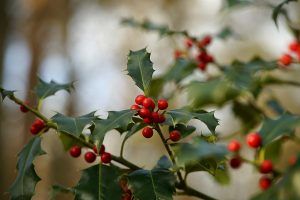 Being a plant that is not very demanding at a nutritional level, it will be enough to apply a fertilization every year with some compound that is of balanced levels.
Being a plant that is not very demanding at a nutritional level, it will be enough to apply a fertilization every year with some compound that is of balanced levels.
And this can be in the case of poor soils, because for fertile soils sometimes it will not be necessary, so you can ignore it.
Around the time of year, the range of time in which you can apply it is wide, since it accepts it well in autumn or spring. Here the only thing that is important is to ensure that it is done before the holly begins to sprout so that it starts it with all the necessary energy.
What Nutrients Do Hollies Need?
The main nutrient that it lacks is nitrogen, especially due to the loss that the soil usually has in times of sunshine. However, the use of a balanced fertilizer will be the best alternative to provide you with everything you need for life in general.
What type of fertilizers do holly trees need?
The ideal is to apply organic matter that is well fermented so that it occupies an excellent level of nutrients.But in addition to that, organic matter with these characteristics will also positively influence the number of microorganisms in the soil.
This will be beneficial in several aspects, such as the possibility of planting other species in nearby areas or improving water retention. Either way, there are some targeted fertilizer options for boxwood and holly species that you could also take advantage of.
Of course, since they are for commercial sale and have a certain chemical formula, you will have to follow the manufacturer’s instructions to the letter. The good thing about these fertilizers is that you can choose slow release so that they are maintained throughout the year providing nutrients.
An excess of fertilization can be as or more harmful than a deficit. Don’t forget that with holly or any other species.
How do we prepare compost for holly trees?
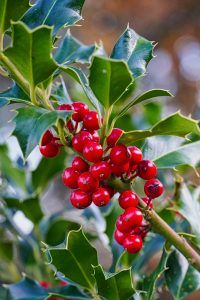 The ideal fertilizer for holly trees can be based on well – fermented organic matter that is rich in nitrogen, as is the case with manure.
The ideal fertilizer for holly trees can be based on well – fermented organic matter that is rich in nitrogen, as is the case with manure.
In this case, organic matter such as fresh manure is a material very rich in nitrogen, but its direct use on the holly is not recommended because it is a little unbalanced in the other nutrients.
In addition, if the animal from which it is taken has a health problem, this could affect the plant. The most advisable thing is to work it by compost preparing it so that it is decomposed anaerobically.
The procedure is quite simple. You will have to choose a space of the size you want and that is in the shade and free of moisture. Dig a hole and introduce a certain amount of manure into it, sealing it later with the earth that is left over when you open the hole.
It is important that this space is free of humidity because this reduces the operative capacities of the microorganisms and will slow down the process. After a month or so, you should be able to reopen the hole and find the manure in a state of fermentation suitable for your holly trees.
If in any way you want to save all this process, there is already the commercial sale of fermented manure in bags.
How do we detect if the holly trees need fertilizer?
The manifestation of symptoms due to nutrient deficiency in holly trees will be evident first in the leaves. These, which are usually a very pronounced green, could start to look pale and even yellowish.
On the other hand, when the holly frequently aborts its fruits, it may also be due to a lack of nutrients. In this situation, you should review the period in which you applied the last fertilization and assess if it is within the planning that you should.
If not, and if you don’t see any other signs of damage, such as when pests or diseases attack, it’s time to supply some compost. In very certain cases, it would be necessary to check the conditions of the substrate with a soil test to detect deficits, if necessary.
The holly is one of the least demanding plant species in this matter, but at the same time it is worth having them very well cared for to enjoy their beauty.
In the areas where they are found naturally, it is very unlikely that they will suffer from a nutrient deficit, since they are in optimal conditions for their growth. However, by adapting them to conditions like the ones you have at home, it may be necessary to help them a little with the food they require.
In the end, it is not an everyday job or something that you have to do very often, so you will be very capable of fulfilling it according to the recommendations that we gave you above, or not?
What pests and diseases affect holly?
Among the pests and diseases that harm holly are: leaf miner, caterpillars, mites, scale, anthracnose, powdery mildew fungus, among others.
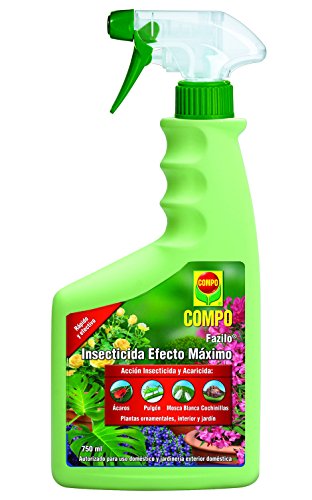
How long does holly live?
The average lifespan of the holly is 100 years, but under ideal conditions it is capable of living a few more years.
How long does it take to grow holly?
Hollies reach their mature stage in a period of 3 to 5 years, depending on the planting conditions they have.
How long does it take to produce fruit?
A holly is capable of producing fruit 3 years after being planted.
Can it be grown in a pot?
It does accept cultivation in pots that are of an appropriate size to protect its roots.
These can be set both indoors and outdoors.
How many times does holly produce fruit?
It produces only one annual fruit production, appearing ripe in the fall.
These red fruits, so characteristic of Christmas, remain on the plant for much of the winter.
Does holly have to be pollinated to get fruit?
Yes, they should be pollinated.
The main route is through insects that are responsible for carrying pollen from male flowers to female ones.
In very specific cases, this action can also be done by the wind, but it is not common.
How cold can holly tolerate?
Holly is one of the main representations of outdoor plants in cold climates. It has no problems with the cold or with frost.
How many holly trees can be planted per hectare?
Up to 200 holly plants can be planted in the same hectare.
How much heat and/or drought can holly tolerate?
Holly trees are not resistant to heat and drought. In fact, it is recommended that it be planted in a shaded area to protect it from the summer sun.
During the warmest dates of the year, it is necessary to attend to sufficient risks so that it is hydrated. Otherwise, it will die.
References and bibliography
- https://www.google.com/url?sa=t&rct=j&q=&esrc=s&source=web&cd=&cad=rja&uact=8&ved=2ahUKEwiDoL6Q8KvvAhVHGs0KHVEFBWgQFjABegQIAhAD&url=https%3A%2F%2Fdialnet.unirioja.es%2Fdescarga%2Farticulo%2F2603017. pdf&usg=AOvVaw2cQ-GLzbFSvgSE2tmhSHAm
- http://www.jolube.es/habitat_espana/documentos/9380.pdf
- https://www.forestales.net/Canales/Ficha.aspx?IdMenu=b6947309-987f-4bff-808d-4e7e974ccaf8&Cod=5dbb4e76-e868-4bdb-8436-b23ff7360219&Idioma=es-ES
- https://www.wikiwand.com/es/Ilex_aquifolium
- http://oa.upm.es/1430/1/MARIA_DOLORES_GARCIA_GONZALEZ.pdf
- http://portaljardin.com/el-holly/
- https://naturnova.afundacion.org/portal/wp-content/uploads/2017/12/Semillas-castellano.pdf
- https://deagronomia.com/cultivos/como-cultivar-holly/
- Ilex aquifolium L. Family Aquifoliaceae, GM Galego – Micolucus – smlucus.org
- Ilex aquifolium L, R.Y. Cavero-Remon – 2018 – dadun.unav.edu
- Conservation of plants of forest interest, A Troncoso de Arce, M Cantos, J Liñán Benjumea… – 2010 – digital.csic.es

